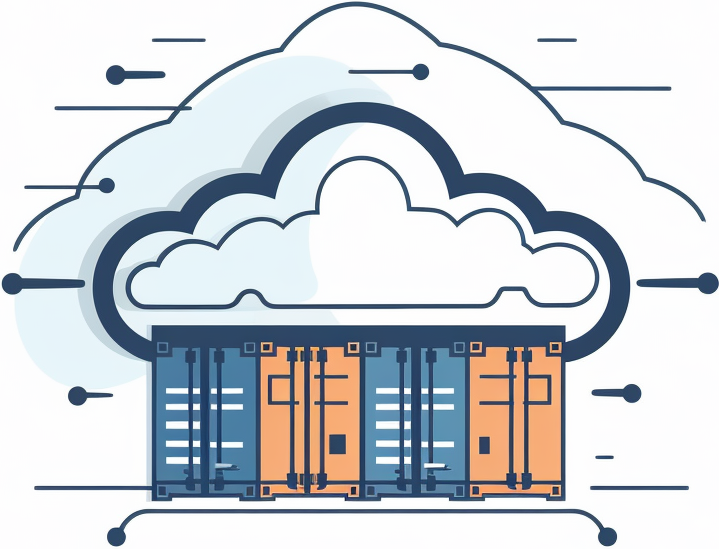


Kubernetes enables automatic scaling of applications based on demand, ensuring that your services can handle increased traffic without manual intervention. It can scale horizontally (adding more instances) or vertically (increasing resources allocated to each instance)
Kubernetes provides high availability by running multiple instances of an application across different nodes in the cluster. If one node goes down, the application can continue running on another node, ensuring minimal downtime.
Kubernetes automates the process of deploying new versions of applications and allows you to easily roll back to a previous version if needed. This helps to minimize downtime and errors caused by manual intervention.
Kubernetes provides a consistent platform for deploying and managing applications, making it easier to move applications between different environments (e.g., from development to production) and between different cloud providers.
Kubernetes enables efficient utilization of resources by automatically scaling applications and distributing them across different nodes based on available resources. It can also optimize resource allocation by automatically adjusting resource usage based on application demands.
Kubernetes has built-in mechanisms for self-healing, which automatically detect and replace failed containers or nodes. This ensures that applications remain available and running without manual intervention.
